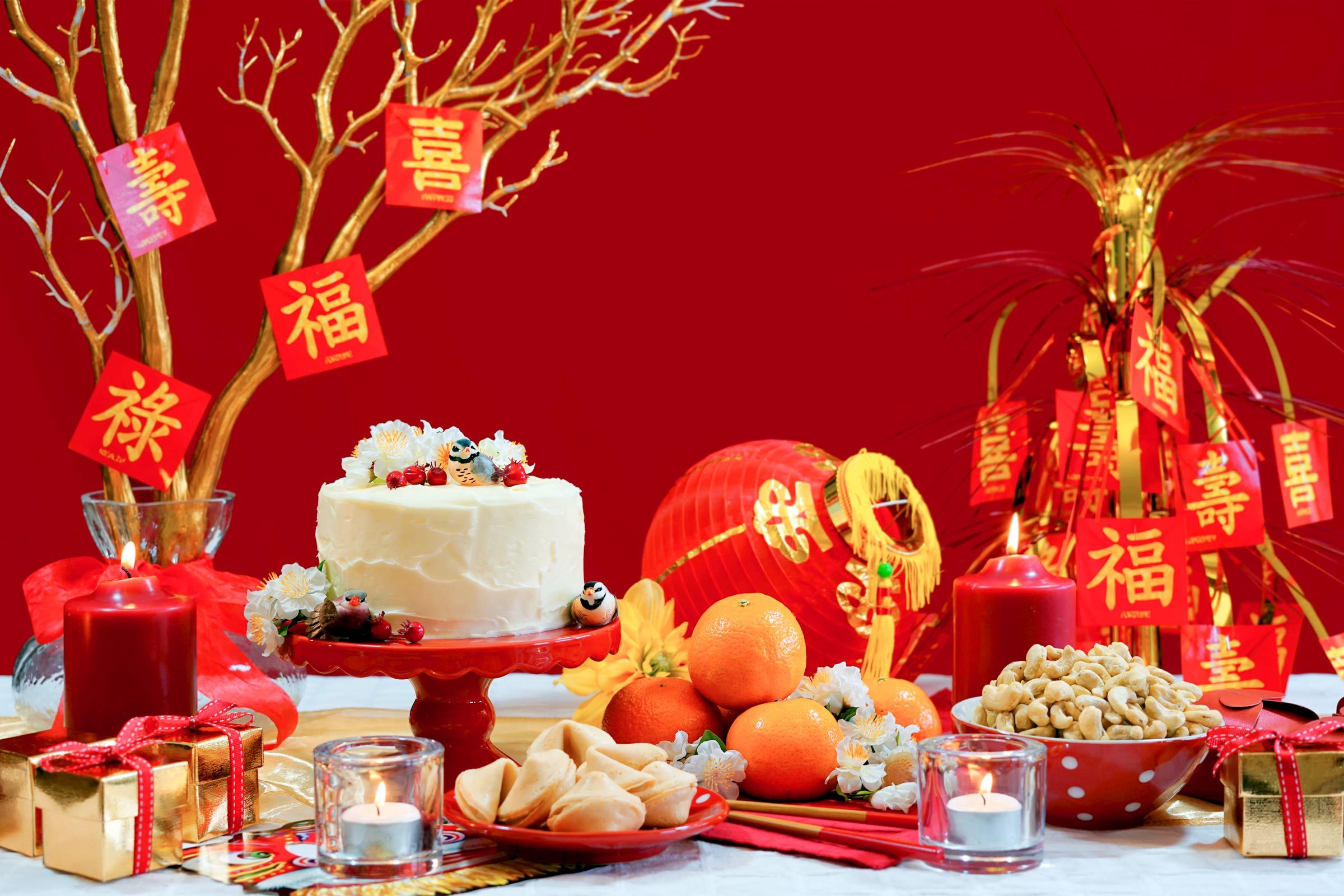This Chinese New Year’s Day is a time to pray for joy abundance, prosperity and peace. The 16-day celebration season begins with a New Years Day gathering for families.
A lot of foods contain names that are homophones to things associated with luck and luck. This includes dumplings or fish, and so on.
Nian Ye Fan (New Year’s Eve meal)
In the final days of the new year draws near, Chinese families gather for the New Year’s Eve dinner. Nian Ye Fan is the title of the meal that includes a variety of dishes that have auspicious significance. Like steamed salmon (nian”yu yu”) is an absolute must since its name has homophonic sounds and the words “surplus” and “money”. Some other dishes, such as greens, nuts, and seeds are symbolic of prosperity. Bitter Melon (ku gua) soup is a popular food item. It has an unpleasant taste, but it is thought to prevent illness. ufabetexpress , also called Chun Juan (gold ingots) are eaten because they signify luck and prosperity.
After having a good food, everyone will watch TV and chat. They will play with firecrackers, and the more loudly they blast off, the better luck they’ll be in the next year!
People who are married will gift youngsters and singles young envelopes stuffed with money (hong bao) to symbolize good fortune. Family members also wish the elders a healthy and happy New year. The visiting of friends is an important aspect of the period, and for many people, this is a time to renew friendships which may have deteriorated throughout this year. Some people also visit places of worship and temples to pray for good well-being and good fortune.
Ya Sui Qian (Good Luck Pocket Money)
Money envelopes in red such as hongbao or laisee in Cantonese and are an everyday appearance at family and social gatherings during Chinese new Year. Red is a symbol of good luck, and also helps to repel bad spirits. Also, the amount is noted for future reference in a yearly ledger for ceremonial purposes. It is also common for children to bow before elders prior to receiving money.
In China it is a custom of distributing “lucky cash” in the form of the red envelope (hong bao, or Mandarin) to children of the younger generation in the Spring Festival, is a popular one. Older generations offer lucky money to their children in the hope that they will pass on an era of luck and prosperity. Many married people also provide red envelopes for unmarried acquaintances as a means to spread luck.
The legend of the red envelopes tells of the monster Sui (Sui ya) which was contaminated by touching and would smack asleep children’s heads three times during New Year’s Eve. This caused them to awake with a high fever. In order to protect them from Sui the parents stayed in bed all night, for them to keep company.
The value of the money that is covered in red today ranges according to how much the person presenting it as well as their connection with the recipient. To show appreciation and affection, red envelopes are often given to friends, relatives or elders. The envelopes in red are decorated with wealth symbolism and good luck signs, making the perfect presents.
Shou Sui (Shou Sui )
In a tradition known in the Chinese language as Shou Sui, the Chinese stay awake all night together with their families on New Year’s Eve. This custom is believed to slow down the ageing process and bring many years of good health. They will make a delicious home-cooked meal made of dumplings, fish and other dishes with auspicious symbolism. In general, a whole fish dinner is offered in order to signify abundance and good fortune for the new year.
The noodles are also a common dish in the celebration of Chinese on the occasion of New Year and they are both thin and long for the purpose of symbolizing longevity. Dumplings and spring rolls also are a symbol of wealth. Often, Chinese will also serve desserts with sweets such as Tangyuan (sweet rice ball) and a range of sweet fruits.
The process of decorating your house for Chinese New Year celebrations is a different crucial activity. People will hang up the red lanterns inside and out of their houses, do thorough clean-up of the housewares they have, place paper-cuts and folk art on the windows and doors. make a huge Chinese characters LUCK (Fu ) on the front door, and other things like that.
Nighttime firework displays are lit to celebrate in the New Year, and to rid the evil of our lives. The initial firework that is launched is a sign of good luck and fortune. The elderly relatives prepare red envelopes to present to their children. Each child is given the same amount, based on their age. Older generations hope that the children live healthy and prosperous lives during the coming year.
Get rid of the House
Chinese families clean up their homes in the weeks leading up to Chinese New Year. The belief is that doing this can remove any previous bad luck from the home and prepare it for good luck in the coming year. The whole house is cleaned, and all broken or damaged items or appliances are cleared away. Also, it is a custom to dress the home in colors of red that symbolize the joy and wealth.
To symbolize good fortune, many children are given red envelopes with money by senior members from the families. It’s a fun method to educate children about Chinese cultural traditions and ensures success in the beginning of the new year.
The last day before the beginning of Chinese New Year is a very popular day for a massive family meal. The menu typically includes dishes such as sushi, spring rolls with chicken, and noodles. All of the dishes are linked to an important meaning and believed to bring luck in the new year.
A clutter-filled home can block positive energy. Cleaning your room prior to Chinese New Year will improve your sleep. Display only items you enjoy.
Decoration of the House
If the Chinese New Year occurs, houses are decorated with images of animals that are zodiac signs and also symbols of luck. The color red is also crucial because it signifies happiness and joy. These are two of the top hopes for the new year.
Fai Chun Banners (Fa-Cun ) can be found on interior and exterior doors to express those who wish them a happy year ahead. They are hung on doors to express good wishes for the coming year. Fu symbol is typically upside down which means “blessings” and “good luck”. The Fu characters may have auspicious symbols, such as Lu or Shou.
Paper firecrackers are also a common decoration. They’re an integral part of each Chinese celebration. They are available for purchase or made by hand, and are usually given as gifts to relatives and relatives.
There are many Chinese families also tend to plant trees of green, and are believed to be auspicious. For instance, one of them is the Butterfly Orchid, which blooms only in the Chinese Year of the Pig. Year. Some other plants used as decorations for this period are the pussy willow representing romance. There is also Guzmania Conifer Tree with rising buds, which symbolizes prosperity. Chinese knots are also widely used as a symbol for this time of year. They can be seen as ornaments on the door or on the windows. They can also be a fantastic gift to celebrate Chinese the New Year!
New Year’s Day
On the day of New Year’s Day, Chinese are up earlier than usual for the New Year, light incense and then firecrackers. Visit friends and family and wish them Gong Xi fa Cai. The phrase “May you be blessed with riches and longevity” is a good instance.
Nian Ye Fan, the tradition of the family’s New Year Eve meal. The elders will hand out to the younger members of the family a good fortune pocket money called Ya Sui Qian with envelopes of red. The older generation members of the household will give young members good luck pocket money called Ya Sui Quan in red envelopes.
In the beginning week of Lunar New Year, another custom is to eat dumplings (nian gao). ) that is where the silver coins are hidden. Anyone who discovers the silver coin will have good luck for the entire year. The Chinese also put other auspicious dishes inside their dumplings like dates, foretelling prosperity, and nian gao that is believed to bring prosperity; and the nian yuan ( “Year Cakes”) are a good indicator of the success of a business or farming venture.
At the time of old, the people used to clean their homes before the New Year’s Day. Today, Chinese people still like to clean their homes to remove the bad luck of the year before to begin the new year fresh. In addition, they decorate their homes with floral decorations or lanterns and even new furniture.

